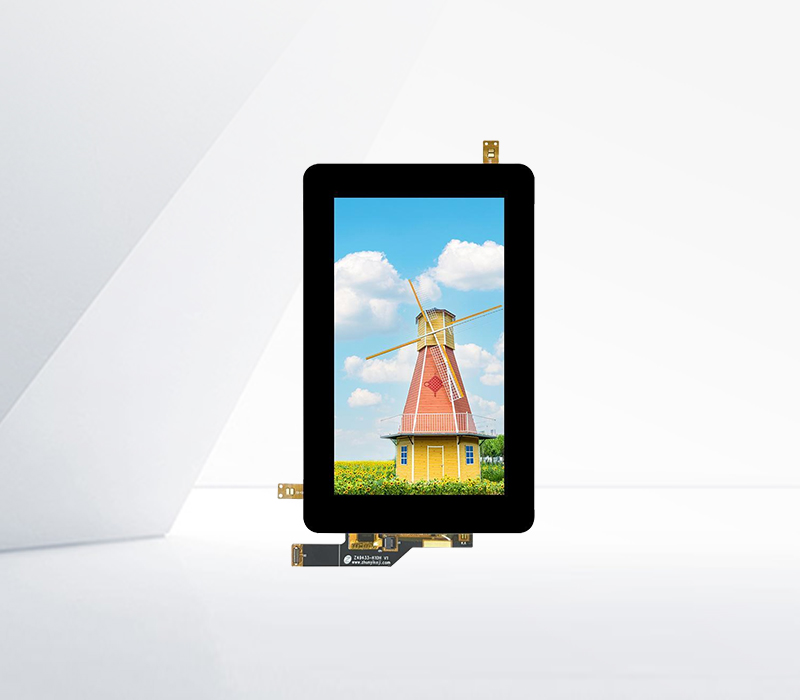




Touch displays have become indispensable in logistics warehouse management, streamlining operations, improving efficiency, and enhancing accuracy. Their applications span various aspects of warehouse activities, from inventory management to order fulfillment.
In inventory management, touch displays are used in handheld devices such as barcode scanners and mobile computers. Workers can use these devices to scan barcodes on products and shelves, instantly updating the inventory database. The touch display on the device shows real - time inventory levels, product locations, and any discrepancies. For example, when a worker scans a product that is supposed to be in a specific location but is missing, the display can immediately flag this issue, allowing for quick investigation and resolution. Additionally, touch displays can be used on fixed terminals at inventory checkpoints. Workers can input data, view inventory reports, and perform stock audits using the intuitive touch interface, which is much faster and more accurate than traditional keyboard - based input.
During order picking, touch displays play a crucial role in guiding workers. Warehouse management systems (WMS) can send order information to mobile devices with touch displays carried by pickers. The display shows the list of items to be picked, their locations within the warehouse, and the optimal picking route. This reduces the time spent searching for products and minimizes errors. For example, if an order contains multiple items located in different zones of the warehouse, the touch display can provide step - by - step directions, ensuring that pickers follow the most efficient path. Some advanced systems even use augmented reality (AR) on touch displays to highlight the exact location of items on shelves, making the picking process even more straightforward.
In receiving and shipping operations, touch displays are used at dock doors and shipping stations. When goods are received, workers can use touch - screen terminals to scan incoming items, verify their contents against purchase orders, and update the system with the received quantity. The display can also show any special handling instructions or quality control requirements. At shipping stations, touch displays are used to print shipping labels, select shipping carriers, and confirm the shipment details. Workers can easily input data such as destination addresses, package weights, and dimensions using the touch interface, and the display provides immediate feedback on the shipping cost and estimated delivery time.
Moreover, touch displays can be used for warehouse management dashboards. These dashboards, often displayed on large - screen touch monitors in the warehouse control room, provide real - time insights into key performance indicators (KPIs) such as inventory turnover, order fulfillment rates, and worker productivity. Managers can interact with the dashboard using the touch interface, zooming in on specific data points, generating reports, and making informed decisions to optimize warehouse operations.
